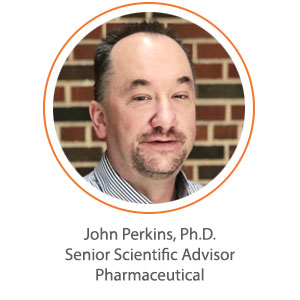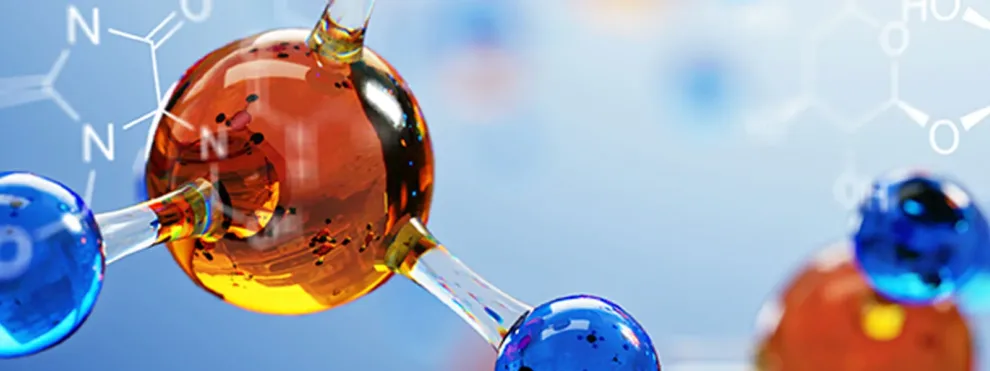A recent trend in the pipelines of pharmaceutical companies & biotechs has been a shift to large molecule therapeutics. This presents a challenge for bioanalysis by LC/MS because the molecular weights of the target analytes are well beyond the mass range of the mass spectrometer.
Electrospray (& ion spray) ionization has become the industry’s gold standard for interfacing HPLC with mass spectrometry, making bioanalytical LC-MS/MS a technique of choice for supporting pharmacokinetic and pharmacodynamic studies. Application of a high voltage to a liquid stream passing through a nozzle can ionize that solution and produce a charged droplet spray. Electrospray is s soft ionization technique that gives protonated or deprotonated molecular ions but little to no fragmentation. For small molecules we’ll likely see a single peak in the mass spectrum although adducts may also be observed.
Using electrospray ionization, large molecules can acquire multiple charges and this is the key to measuring them using mass spectrometry. The mass spectrometer actually measures mass to charge (m/z) rather than mass alone so the more charges a molecule can acquire then the greater the likelihood of us being able to observe it.
As early investigators looked at this phenomenon, horse heart myoglobin was an excellent example of how this applied. With a relative molecular mass of 16,950 Da it was way beyond the typical range of a mass spectrometer. However, multiple charging in positive ion gives a spectrum with a range of charge states from around 15 to 27 to give multiply charged ions ranging between m/z 600 and 1500.
There are practical constraints that mean quantitation of intact large molecules has limited application at present. Many of our assays are looking for ultimate sensitivity so the spread of charge across multiple states dilutes the sensitivity that we can achieve. Fragmenting a multiple charged ion of a large molecule at higher collision energies yield a multitude of low mass fragments of little value. Lower energies can yield more specific fragments but only in low abundance compared to the intact precursor. Lack of suitable fragments restricts our ability to develop a sensitive and specific LC-MS/MS assay.
As a practical example, insulin analogs (Mwt ~5700) can be quantitated down to low pg/mL levels using the intact approach so it’s worth assessing for molecules of this size. However, molecules with molecular weights around 6,000 to 10,000 represent somewhere near the top end of entities that can be quantitated intact with sensitivity that’s bioanalytically useful.

